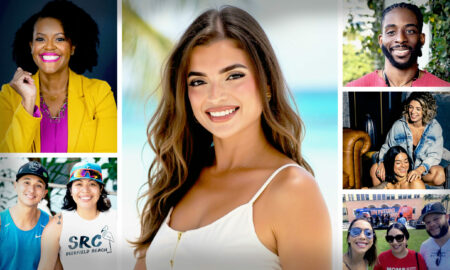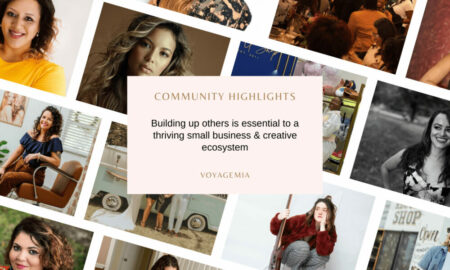

Today we’d like to introduce you to Kamilla Anine Hovde Sime.
Hi Kamilla, we’d love for you to start by introducing yourself.
I was born and raised in Norway, and from the time I was around fourteen, I started dreaming of a life beyond it. I craved adventure, different cultures, new perspectives. And to be completely honest, I desperately needed warmth and sun. The darkness and cold in the north felt like it was draining the life out of me.
My parents divorced when I was young, and they lived very different lives. My dad believed in structure, hard work, and grit. One of his favorite sayings was, “There ain’t no free lunch.” My mom was the opposite. She was gentle, intuitive, and guided by the belief that you shouldn’t force yourself into things that didn’t feel right. Living between those two worlds was sometimes confusing, but it gave me range. I learned to hold structure and softness at the same time.
As I got older, I became a bit of a rebel, but not in the typical sense. I rebelled against fear. If something scared me, I leaned in. I took rock climbing classes even though I was terrified of heights. I chased spiders in the backyard because they haunted my nightmares. I walked up to strangers just to make small talk, something that is definitely not part of the Norwegian cultural norm. I refused to let fear run my life.
At nineteen, I went through a painful breakup and was unable to finish my final year of school. I felt like the ground had been ripped out from under me. After months of deep depression, I hit a breaking point and made a decision. I found a volunteer program in Los Angeles, signed up, and told myself, “Let’s do this.” I was about to move across the Atlantic without knowing a single person.
Suddenly, I was surrounded by strangers, but I was coming alive. I met people from all over the world and felt particularly drawn to the Americans I met. Their openness and warmth felt like oxygen. I was hooked.
For the next six years, I lived a kind of nomadic life. I went back to Norway only to work long hours, sometimes fifteen-hour days, just so I could save just enough money to leave again. I lived in California, Montana, and Hawaii. I volunteered in Thailand, London, and New Zealand. I was immersed in a variety of cultures, languages, traditions, and ways of being. What fascinated me more than anything was human connection, and the emotional work it takes to truly show up for it. When I was alone, I journaled. I spent hours facing old memories, fears, inherited beliefs. I started living by a philosophy that we are never finished. We are always evolving. And that there is strength in admitting when you are wrong and choosing to grow.
In 2016, after another heartbreak, something shifted. For the first time, education didn’t feel like a burden. It felt like a doorway. I decided to stay in the United States and go back to school. I moved to Los Angeles and enrolled in a Sociology program with a focus in Psychology.
That next chapter was five years long, and it wasn’t easy. Around my third year, I passed out from what turned out to be a seizure. It wasn’t the first time. I had experienced something similar the year before, but this time, I was officially diagnosed with epilepsy.
That diagnosis changed everything. For years, I had mistaken my seizures for panic attacks. When I was twenty, I had described to my doctor these strange sensations I had had for two years: out-of-body experiences, sudden waves of extremely uncomfortable emotion, flashes that felt like past lives. I was told it was likely anxiety. But the more I learned about focal seizures, the more I realized that those episodes I was talking about were neurological, not psychological. Friends were noticing that I would zone out mid-conversation. I would go blank for a few seconds to minutes, unresponsive. The diagnosis made sense of it all, but it also devastated me. I could no longer drive. I felt cut off practically, socially, and emotionally. I tried to explain what was happening to me, but I felt like people didn’t get it. They would nod sympathetically, but I could tell it wasn’t landing. I felt angry. I wanted to scream, “You have no idea what I’m going through!”
I had worked so hard to care for my mental and physical health. And now this? It felt like betrayal. The seizures and the side effects from the medication made studying almost impossible. Life became a cycle of trying to stay afloat in between medical emergencies. I remember thinking, How did I get dealt this hand?
Eventually, I felt the pull for even more sunshine and more unknowns. I moved from Los Angeles to Miami to start graduate school. I refused to give up. I had to keep going. I had been accepted into the Counseling program at the University of Miami. I didn’t know anyone, but something in me whispered, “Go.” I laughed to myself because here I was again, leaping into the unknown. But it felt right.
Those two years would be the most challenging of my life. Studying mental health meant turning inward every single day. The coursework brought up more old wounds and new unresolved pain. I found myself crying almost daily, peeling back layer after layer, but this time, I had the growing tools of a counselor. But as I grew emotionally, my health deteriorated. What started as two seizures a week quickly became five a day. I was drowning in schoolwork, in internship hours, in medical appointments. On average, I probably spent two to three hours a day at hospitals, labs, or on the phone with insurance companies.
I became a regular at the hospital on campus. I knew the hallways like the back of my hand. The front desk staff knew my name. I would lower my head when I saw someone who had witnessed one of my seizures or one of my many emotional breakdowns. I avoided eye contact with the people all over campus who had seen me cry between classes or doctor’s appointments.
Before the seizures got bad, I was the student who sat in the front row, always engaged. But after I had a seizure in class one day, I moved to the back. I became invisible. I was terrified it would happen again. That fear turned into isolation, and that isolation turned into a profound loneliness.
I also began experiencing something called postictal depression. This is a type of intense emotional crash that can follow seizures. It wasn’t just sadness. It was hours of lying in bed, completely disconnected from joy, feeling hollow and suicidal. I had experienced depression before, but nothing like this. Still, I kept pushing forward because like my dad always said, “There ain’t no free lunch.” I knew I had to keep going.
On July 18th, I took my final exam. The next morning, just before sunrise, I was wheeled into pre-op at the UHealth Tower Hospital. As I stepped through the doors, I froze. A nurse asked if I was okay but I was already slipping away, drifting into the surreal, detached world of a seizure, no longer fully present. My friend, standing next to me, turned to the nurse and said calmly, “It’s okay. She’s just having another one.”
That was the last seizure I ever had.
I share this not just as a story of survival, but because I know I’m not alone. So many people are silently navigating chronic illness, invisible disabilities, grief, or mental health struggles while still trying to chase their dreams. I see you. And I want you to know you are not weak. You are not broken. You are human. And healing is absolutely possible.
Today, I’ve focused on rebuilding both my physical and emotional strength while shaping a new chapter through TalksWithKami, a space where I share reflections on emotional growth, healing, and creativity. After surgery, it felt like life flipped. I cried happy tears nearly every day just because I had gone another day without a seizure. I was able to work out again, take care of myself, and do things I hadn’t had the energy for in years. I met the man who is now my husband, and for the first time in a long time, it felt like life was finally saying, ‘You made it. Now here’s the good stuff.’
In recent years, I have found myself increasingly drawn to couples therapy. I love working with individuals, but there is something powerful about helping people build strong relationships. Romantic partnerships are often the most intimate and triggering relationships we experience. It is where our deepest wounds come to the surface. And what I find incredible is the transformation that can happen when people stop trying to fix each other and start working on themselves. In my own marriage to my husband, Jose Sime, this has been a central theme. From the beginning, we both committed to asking ourselves, “What can I do to be a better partner?” That approach has made all the difference.
In addition to couples work, I am passionate about supporting individuals, such as young adults, immigrants, and those navigating illness or cultural transitions. Coming from a background that includes parental separation, being an immigrant in the US, and living through severe illness, I offer something that goes beyond textbook training. I bring lived experience.
What I am most proud of is that I bring my whole self into this work. Not just the counselor version of me, but the human behind it all. I know what it is like to feel like you are drowning and still want to grow. I know what it is like to feel unseen, unheard, or misunderstood. And I believe that those experiences are my greatest strength.
I’m excited about this next chapter with TalksWithKami, alongside continuing to support my husband’s creative work through his brand, JSIME Collective. I’m continuing my education and pursuing advanced training, not just for credentials, but because I deeply believe in helping people reconnect with themselves and their stories.
I also want people to know there is an edgier side to me. There were years when I had no idea how I would afford food. I lived in dangerous neighborhoods in Los Angeles and feared for my safety. And yet, I have also seen the glittery, luxurious side of life. These extremes have taught me that joy is not about what you own; it is about inner peace, connection, and being fully alive in the moment.
Sometimes when clients come in feeling broken, I want to celebrate. Not because they are suffering, but because they are starting. Because pain is not the end of the story. It is often the beginning of something sacred.
Alright, so let’s switch gears a bit and talk business. What should we know about your work?
My work is rooted in the belief that healing happens through connection. I am a mental health counselor with a passion for helping people explore their inner worlds, build resilience, and create more fulfilling relationships. At this time, I work mainly with individuals, and I find deep meaning in supporting people through transitional moments, whether that’s navigating a health diagnosis, moving across cultures, or simply learning how to feel safe in your own body and relationships.
What sets me apart is that I bring both lived experience and clinical training into the room. I do not just understand theory, I have lived through many of the things my clients are navigating. I know what it feels like to be overwhelmed, misunderstood, and stuck. And I also know what it feels like to find light again. I am not afraid to go deep, and I create a space where others feel safe doing the same.
What I’m most proud of is that I bring my whole self to this work; my curiosity, compassion, intuition, and honesty. Whether I am working with someone one-on-one or supporting a couple, my goal is the same: to help people feel seen, supported, and empowered to grow.
Are there any apps, books, podcasts, blogs or other resources you think our readers should check out?
Absolutely. I’m always drawn to resources that help deepen communication, emotional awareness, and relationship skills, both in my personal life and in the work I do with clients.
One book that really stood out to me recently is The Next Conversation: Argue Less, Talk More by Jefferson Fisher. It offers such grounded, human tools for navigating conflict and communicating more clearly which is something I believe most of us were never really taught.
Another favorite is Boundaries: Where You End and I Begin by Anne Katherine. It’s a short but powerful read that really helped me understand the deeper emotional impact of boundaries, especially as someone who grew up navigating very different cultural and relational norms.
I also find a lot of value in digital voices who are making psychology accessible to everyone. Jon Dabach, known as @communicationjon on Instagram, shares practical, bite-sized tools for improving how we communicate with our partners, families, and even ourselves. Vanessa Van Edwards is another incredible resource; she breaks down science-based people skills in a way that is super engaging and useful. And of course, Mel Robbins is a powerhouse. Her podcast, books, and content have helped normalize the ups and downs of growth and self-leadership. I admire how she brings both vulnerability and clarity into the conversation around mental wellness.
Contact Info:
- Website: https://www.talkswithkami.com
- Instagram: https://www.instagram.com/talkswithkami/?hl=en
- LinkedIn: https://www.linkedin.com/in/kamilla-handberg-591351133/

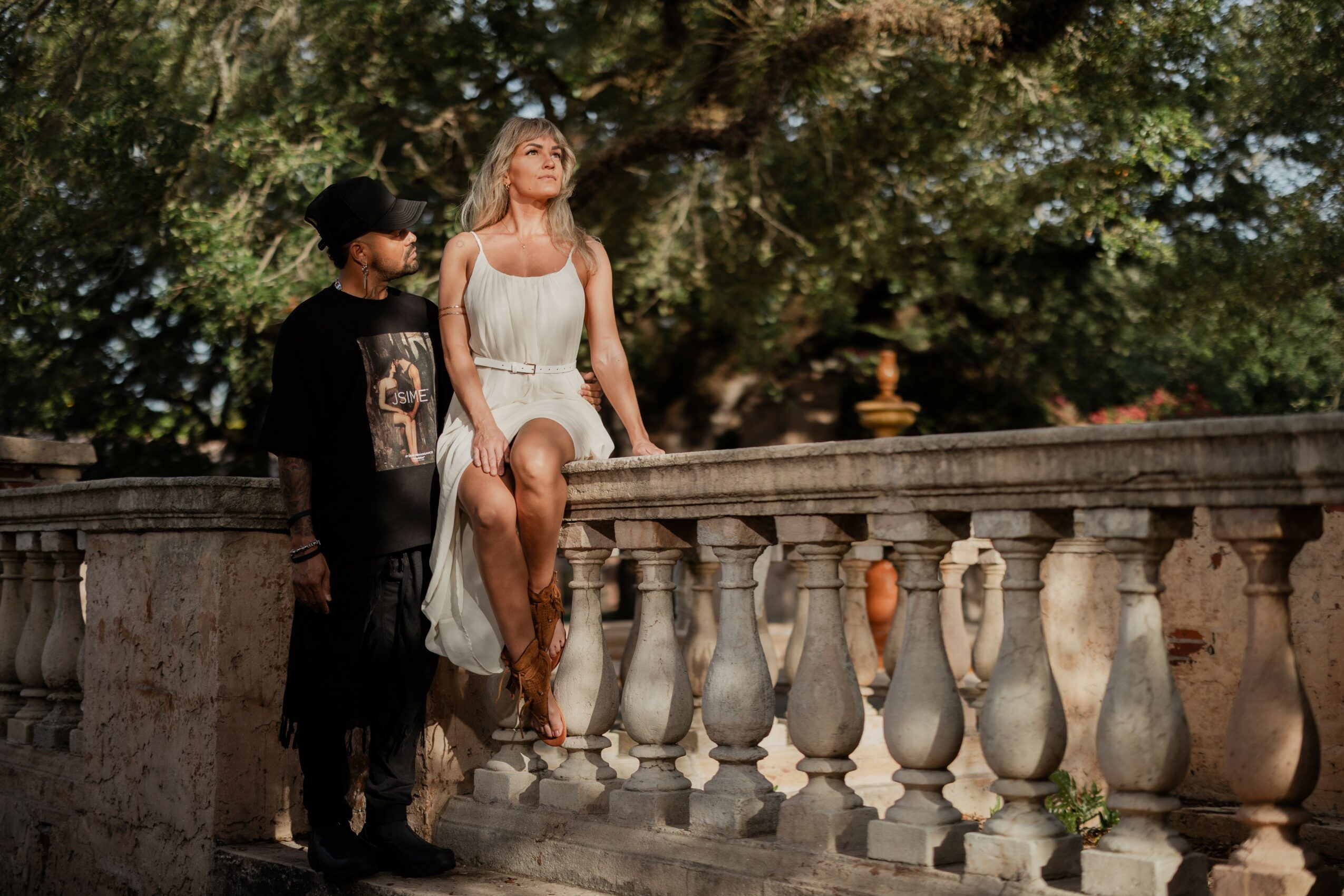
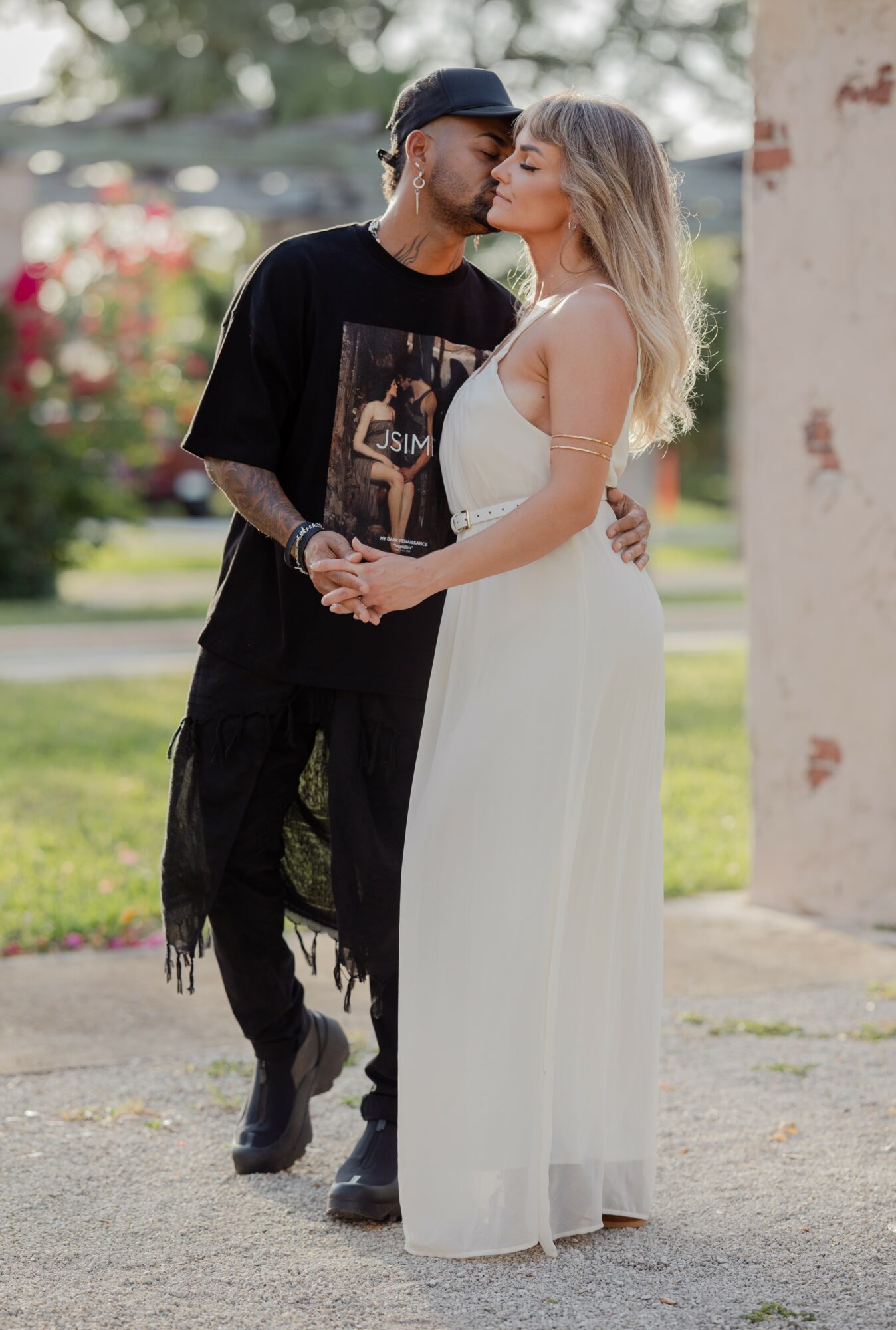
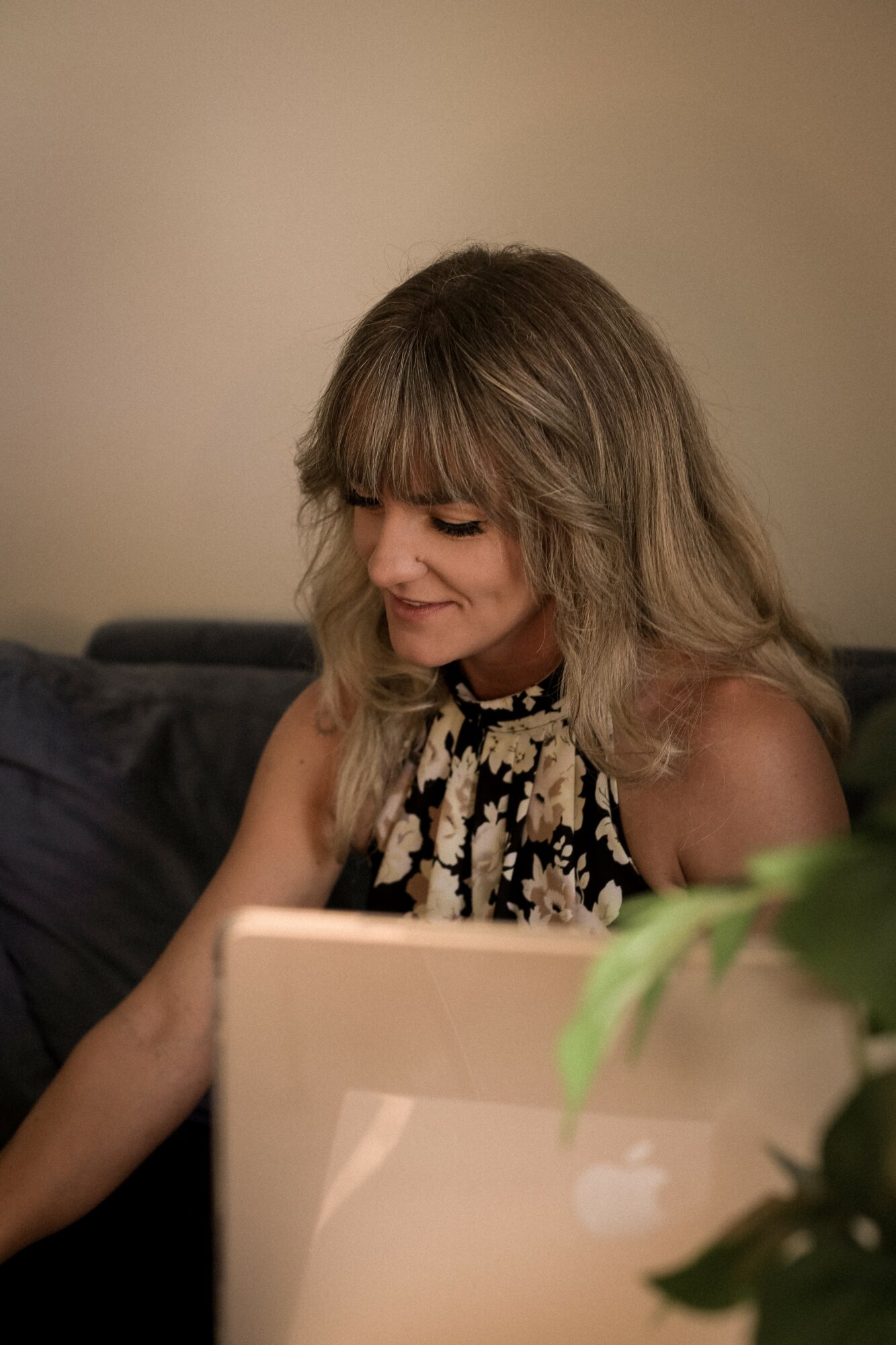



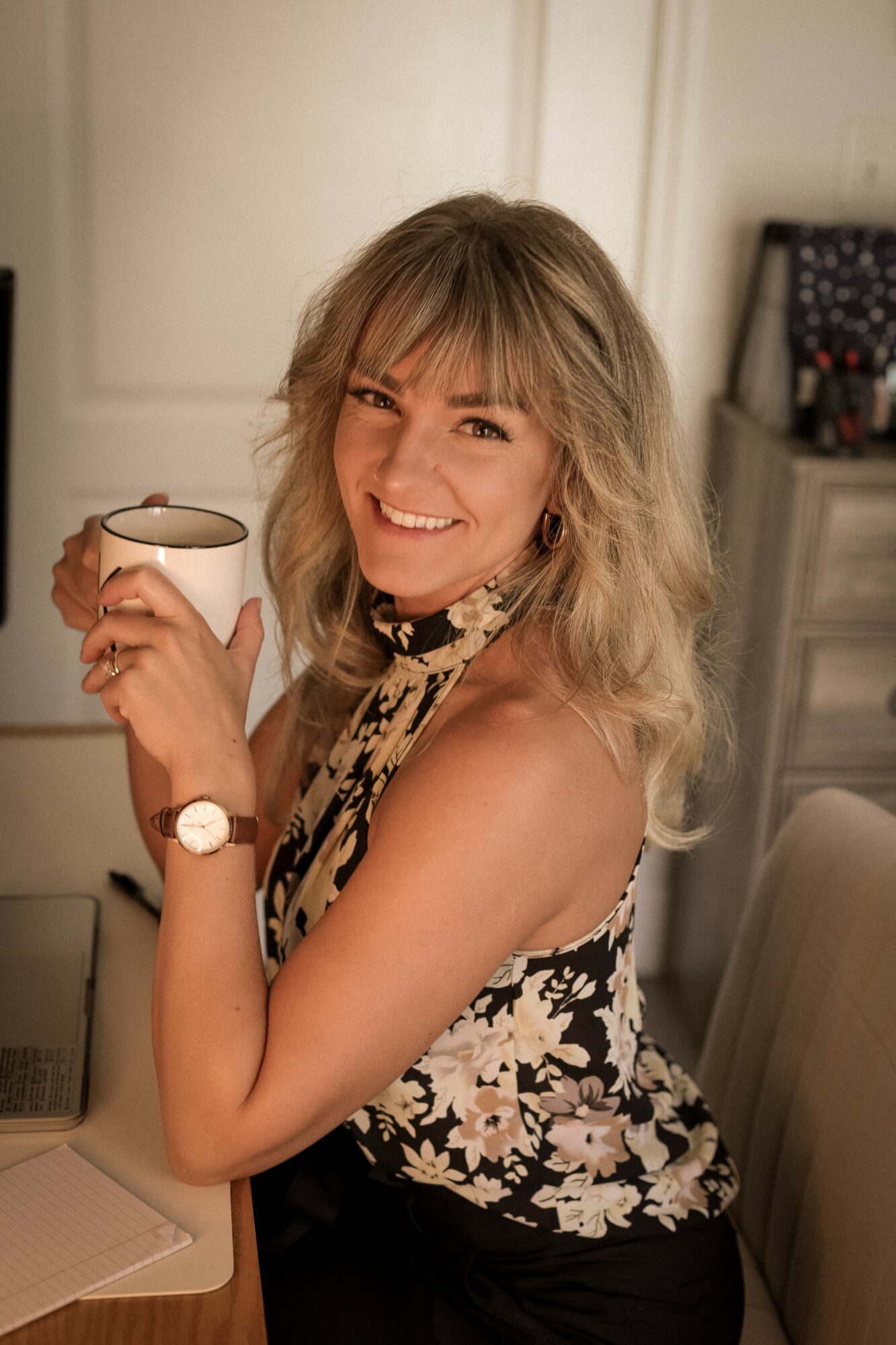
Image Credits
Two of the photos are by Veronica Castillo
https://www.instagram.com/byveronicaphotography/?hl=en

